
All iLive content is medically reviewed or fact checked to ensure as much factual accuracy as possible.
We have strict sourcing guidelines and only link to reputable media sites, academic research institutions and, whenever possible, medically peer reviewed studies. Note that the numbers in parentheses ([1], [2], etc.) are clickable links to these studies.
If you feel that any of our content is inaccurate, out-of-date, or otherwise questionable, please select it and press Ctrl + Enter.
Ointments for acne scars
Medical expert of the article
Last reviewed: 03.07.2025
The only thing worse than acne is the scars it leaves behind. If acne is treated correctly and in a timely manner, scars do not have time to form; there are many cosmetic and pharmaceutical products to prevent such consequences. But if the skin has been subjected to complex inflammation and damage, the tissues do not have time to renew themselves, and imperfections of varying intensity remain in place of acne. They can be reduced or completely removed by various methods, including the simplest one - by applying special creams, gels or ointments to problem areas.
 [ 1 ]
[ 1 ]
ATC classification
Pharmacological group
Pharmachologic effect
Indications acne scar ointment
Indications for the use of ointments for acne scars are the presence of visible, but not too deep traces of acne:
- normotrophic (pale scars at the level of the healthy surface);
- atrophic (depressions);
- hypertrophic and keloid (convex).
Hypertrophic bulges appear at the site of the lesion; keloids grow beyond it. The drugs should reduce the size of the scars, make them invisible, soften and dissolve them. Ointments applied to fresh wounds prevent the growth of scar tissue.
Ointments are a relatively inexpensive and affordable way to get rid of cicatricial defects; in addition, they can be used at home, without additional expenses for travel and services in salons and clinics. For deep defects, more radical treatment methods are used.
 [ 2 ]
[ 2 ]
Release form
The main purpose of ointments for acne scars is to prevent or eliminate “post-acne” defects: destroy bacteria that cause inflammation, dissolve scars, and stimulate the regeneration processes of epidermal cells.
Names of ointments for acne scars:
- Kontratubex – renews the skin, softens scars and prevents the appearance of new defects.
- Sledocyte - reduces inflammation, stimulates regeneration and the process of eliminating old scars, prevents the formation of new ones.
- Dermatix – helps to get rid of old defects; softens and dissolves scar tissue.
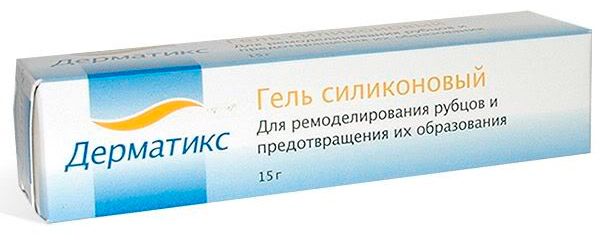
- Scarquard liquid cream, applied with a special brush, dries and forms a protective film on the face.
- Klivrin – based on medicinal herbs. The components penetrate into the deep layers of the skin, saturate with moisture, oxygen, vitamins and antioxidants.
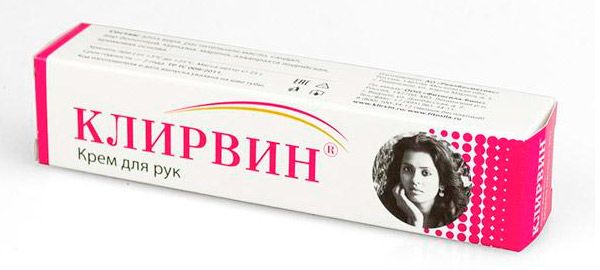
- Kelo-kot (gel or spray) – ensures the absorption of scars and smoothing of the skin under the film, prevents the growth of scar tissue.
- Kelofibrase – promotes the prevention and resorption of scars.
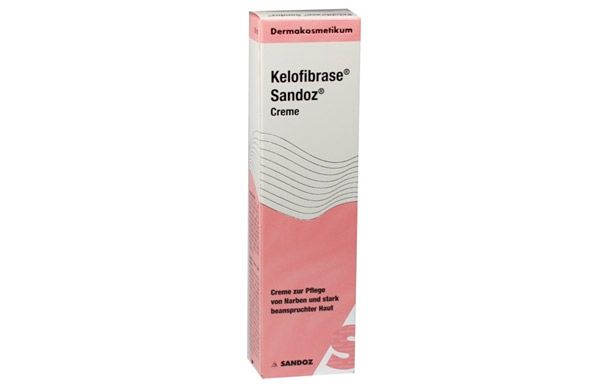
- Zeraderm Ultra – forms a water-repellent film, improves oxygen supply to the problem area, protects from sun rays.
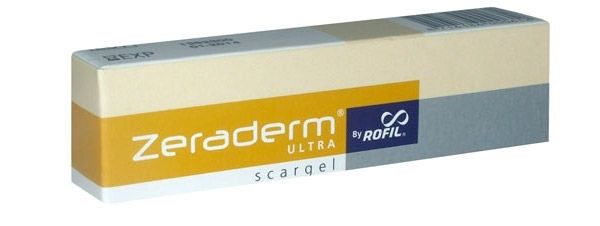
- Fermenkol is effective for both fresh and old scars.
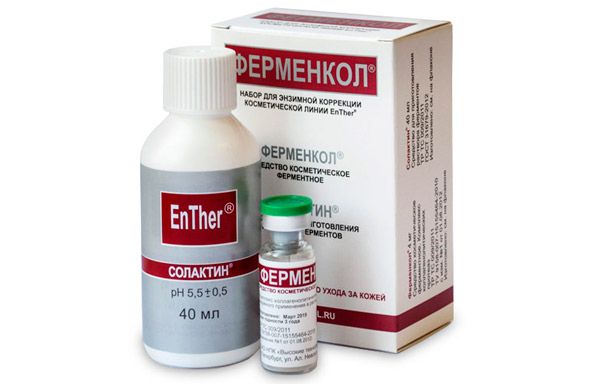
- Mederma is especially useful for atrophic scars.
- Broad-spectrum heparin ointment.
Heparin ointment
Heparin ointment has antithrombotic and analgesic properties, helps eliminate hematomas, heal wounds, get rid of acne and other skin defects.
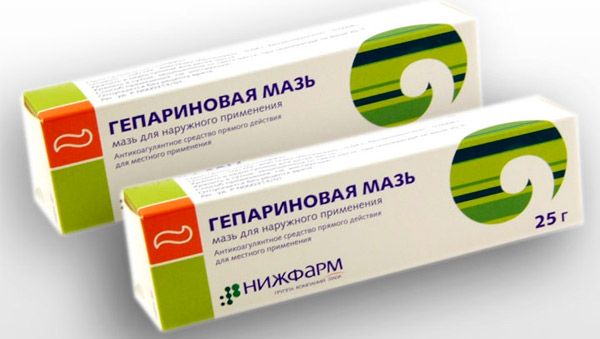
Heparin ointment for acne scars is also very useful because:
- destroys harmful microorganisms in the subcutaneous area,
- relieves pain,
- disinfects wounds.
By dilating blood vessels, the drug prevents acne, and the lack of odor makes its use more comfortable, compared to some other ointments. It is recommended to apply the medicinal ointment several times a day, for about a week. You can buy the over-the-counter product in all pharmacies.
 [ 3 ], [ 4 ], [ 5 ], [ 6 ], [ 7 ]
[ 3 ], [ 4 ], [ 5 ], [ 6 ], [ 7 ]
Vishnevsky ointment
The commonly known Vishnevsky ointment has a slightly different official name: Vishnevsky balsamic liniment. This is an external medicine with a wide range of action: antiseptic, drying, regenerating, anti-inflammatory, softening, decongestant, disinfectant. It quickly removes purulent deposits, after which the healing process is activated.
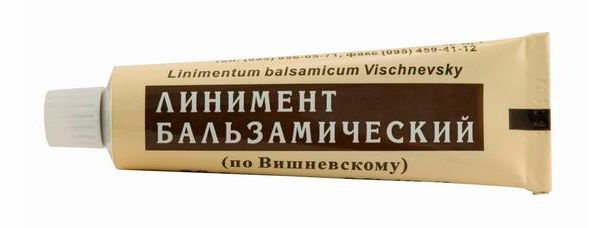
The healing properties are provided by a combination of active components:
- birch tar,
- xeroform,
- castor oil.
The ointment is used to treat purulent lesions of the skin of various etiologies, necrosis, inflammation of the lymph nodes with the formation of pus, trophic ulcers, vascular diseases of the lower extremities. It is applied in a thin layer or on a sterile napkin, under a bandage, twice a day: morning and evening.
One of the undoubted advantages of the drug is the minimum of side effects, which can occur only with long-term use. It should be known that tar makes the skin especially sensitive to ultraviolet radiation; because of this, the areas of the face treated with the ointment must be protected from sunlight.
Due to their high efficiency, the ointments “forgive” the specific, not very pleasant smell.
Ointments for acne scars on the face
In a fairly large list of ointments for acne scars on the face, a special place is occupied by products that include badyaga - a dried and ground into powder freshwater sponge. This is a proven remedy for hematomas, scars after surgical procedures, wounds, acne and other similar defects. Both the sponge colonies and the powder have a greenish color and a not very pleasant smell, but badyaga has a centuries-old history of use in folk recipes, including in cosmetic ointments for acne scars.
What is so interesting to pharmacists and cosmetologists about unsightly aquatic colonies of either plants or motionless animals? The main ingredient of badyagi is silicon, which has many positive qualities for the skin. Thus, silicon in the composition of the cosmetic product:
- cleanses the surface from dead epidermis;
- improves blood circulation;
- powerfully stimulates the production of elastin;
- promotes the saturation of new cells with oxygen;
- dissolves stains, scars and marks, including old ones.
Badiaga is used for cosmetic purposes in the form of powder independently, at home, but always after consulting a specialist. The procedure is not simple, some time passes from the beginning to the appearance of the result, so you need to be patient and be ready for consistent actions.
To eliminate imperfections, it is easier to use a ready-made product, for example, Badyaga Forte gel, having previously tested it for allergies. Normally, Badyaga smeared on the elbow bend gives a slight burning or tingling sensation, but not a strong itch.
The gel ointment is rubbed into problem areas of the face using massage movements and left for 10-15 minutes. The procedure is recommended to be performed twice a week, excluding the use of other drugs during the treatment.
Badiaga is also effective for eliminating skin problems of a different nature. In such cases, the number of recommended procedures may be different.
Like any other disease, acne scars are easier to prevent than to treat. To prevent scarring, you need to:
- don't ignore the problem;
- do not squeeze pimples to avoid spreading infection;
- Do not self-medicate.
If post-acne, for some reason, cannot be treated immediately with ointments for acne scars, then facial defects can be temporarily hidden under a layer of foundation. This should definitely not be done only if the acne formation process continues. It is contraindicated to apply foundation during hot weather (dry powder is better), and in winter, a cream with a moisturizing effect should be selected for camouflage.
Good results are achieved by using home remedies made from natural ingredients: scrubs and clay masks, lotions and rubs with essential oils and herbal infusions, apple cider vinegar, aloe and cucumber juice (especially for oily skin), ice from sweet woodruff, parsley, and calendula infusion. It is better for the skin if these procedures are performed in the cold season, when it is less sensitive to external factors.
Among the best ready-made ointments for acne scars on the face is the gel "Kontratubex", which many put in first place.
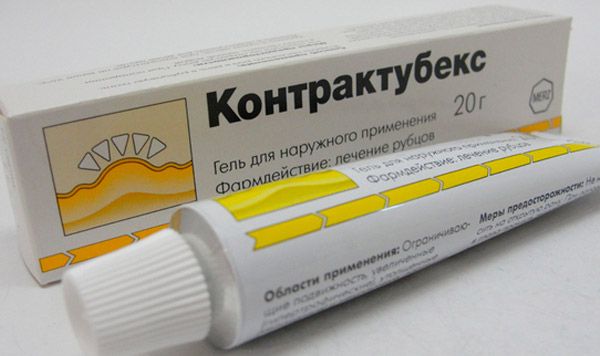
It combines three active substances that effectively complement each other:
- heparin,
- allantoin,
- extract of hot onion.
As a result, damaged skin is restored, smoothed, becomes softer and more elastic; the inflammatory process slows down, itching and redness disappear, scar tissue softens and stops forming new cells.
Another drug effective against scars, red spots, old scars is produced in Germany under the name "Kelofibrase". The ointment contains urea, which controls the water balance, makes the face soft and smooth. The ointment removes fresh scars in six weeks (with two-time regular rubbing with a five-minute massage); old defects will have to be treated from several months to six months. Ointment compresses at night are also recommended.
Pharmacodynamics
Pharmacodynamics of Vishnevsky ointment:
- tar has an antiseptic effect, irritates receptors and causes blood flow to activate the removal of exudate;
- xeroform has a destructive effect on microorganisms, dries and astringents the skin in areas of inflammation;
- Castor oil helps active ingredients penetrate deeper and soften the skin.
As an auxiliary component, instead of the last ingredient, fish oil with similar properties is also used.
Pharmacodynamics of ointment "Kontratubeks":
- onion extract prevents the development of connective tissue in problem areas;
- other components provide fibrinolytic, anti-inflammatory effects, soften scars and remove keratinized epidermis.
The components of ointments for scars act at the site of application and do not affect the entire body.
Dosing and administration
The method of application and dosage of ointments for acne scars depend on the depth of the problem. For greater effect, use compresses, tampons, bandages. Sometimes ointments for acne scars are rubbed directly into problem areas, after cleansing the skin. The usual frequency is twice a day, but in each specific case the number of procedures may vary.
After the procedure, be sure to wash your hands thoroughly. If they come into contact with mucous membranes, rinse them thoroughly with water.
Contraindications
Contraindications to the use of Vishnevsky ointment:
- hypersensitivity;
- large affected area;
- purulent cysts of the sebaceous glands;
- renal failure.
Both this and other ointments for acne scars are prohibited for use in necrosis, oncology, and purulent skin processes. It is risky to use them simultaneously with other pharmaceuticals.
Side effects acne scar ointment
Since the products act locally and practically do not penetrate into the general bloodstream, side effects of ointments for acne scars are rare.
In some cases, local reactions are possible: nettle rash, irritation, itching, swelling - but only if the drug is used incorrectly or if there is increased sensitivity to it.
Storage conditions
Balsamic liniment does not like light, so it is released in dark jars or tubes; it is stored in a cupboard at 10 - 15 degrees. The recipe of other ointments allows storage at 20 degrees.
Storage conditions for ointments for acne scars require mandatory protection from children's access.
 [ 27 ], [ 28 ], [ 29 ], [ 30 ], [ 31 ], [ 32 ], [ 33 ], [ 34 ]
[ 27 ], [ 28 ], [ 29 ], [ 30 ], [ 31 ], [ 32 ], [ 33 ], [ 34 ]
Shelf life
Most ointments for acne scars remain valid, under proper temperature and light conditions, for up to three years. The shelf life of Vishnevsky ointment is 5 years.
 [ 35 ]
[ 35 ]
Post-acne imperfections on the face cause severe discomfort, dissatisfaction with one's own appearance, and even psychological trauma. People are ready to do a lot to restore the former beauty and purity of the skin, although it is often enough to simply use inexpensive products, such as ointments for acne scars. If they do not have the desired effect, or the problem itself is neglected and cannot be cured quickly, then you need to contact a specialist to choose a more effective treatment.
Attention!
To simplify the perception of information, this instruction for use of the drug "Ointments for acne scars" translated and presented in a special form on the basis of the official instructions for medical use of the drug. Before use read the annotation that came directly to medicines.
Description provided for informational purposes and is not a guide to self-healing. The need for this drug, the purpose of the treatment regimen, methods and dose of the drug is determined solely by the attending physician. Self-medication is dangerous for your health.

